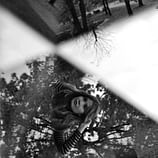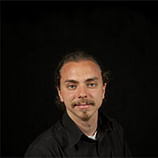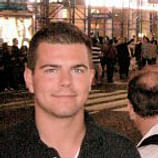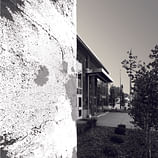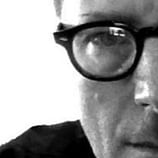
Ottawa, ON, CA
Carleton emphasizes architecture as a practical art that brings together the physical realities of building within the cultural conditions of our complex society. In our teaching methods we emphasize discovery through making, discipline through craft, imagination through drawing and other media arts, conviction through writing, and advocacy through public presentations.
The School's facilities are recognized as the finest in Canada and among the best in North America. The building houses extensive fabrication facilities for woodworking, metal machining and welding along with an assembly room for full-scale projects; a twelve-station darkroom, photographic studio, and video editing suites; extensive computer facilities on the Macintosh, Wintel and Silicon Graphics platforms; a technical library and reading room; an electronic resource centre; and the Michael Coote Gallery. The quality and availability of these facilities exerts an important influence on what is produced in the School. Students are encouraged to explore ideas through making, to think creatively with their hands and minds, and to understand that ideas cannot be evaluated apart from human experience.
Among the School's programs are design/build studios in which students construct a building or full-scale details of their designs; a mentor program that places students in architectural offices for credit; a summer Design Clinic where students run their own architectural practice; a wide array of international programs and exchanges; an excellent lecture series; a Visiting Critics studio taught by architects from around the world; a variety of publications; a unique series of workshop courses on topics from stage design to real-estate development; and a number of joint programs with other academic departments.
Graduates from Carleton practice around the globe in traditional and non-traditional architectural practices as well as in disciplines ranging from film-making, graphic design and fashion design, to highly technical fields such as computer animation, building science, environmental design, and project management. Most graduate go on to practice, some are attracted to further academic work and teaching and, some have formed design/build firms that craft their own designs to finish.
The built environment has changed significantly in the past fifty years and continues to transform with ever-advancing electronic technologies At Carleton we are committed not only to affirming and exploring architecture in its traditional sense, but to critically redefining it at the advent of the new millennium.
Finally, being at the heart of the National Capital Region, Carleton offers contact with agencies such as the National Research Council, the National Arts Centre, the Canada Mortgage and Housing Corporation, the National Capital Commission, the National Gallery of Canada, the Canadian Museums of Civilization, Science and Technology, Aviation, and Contemporary Photography.






